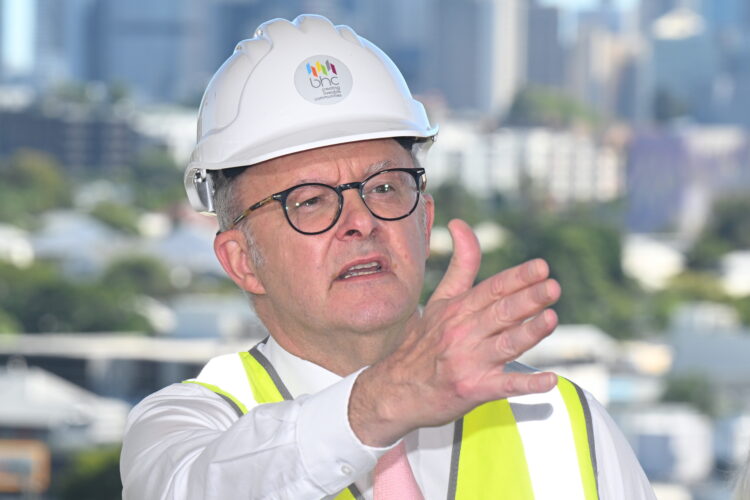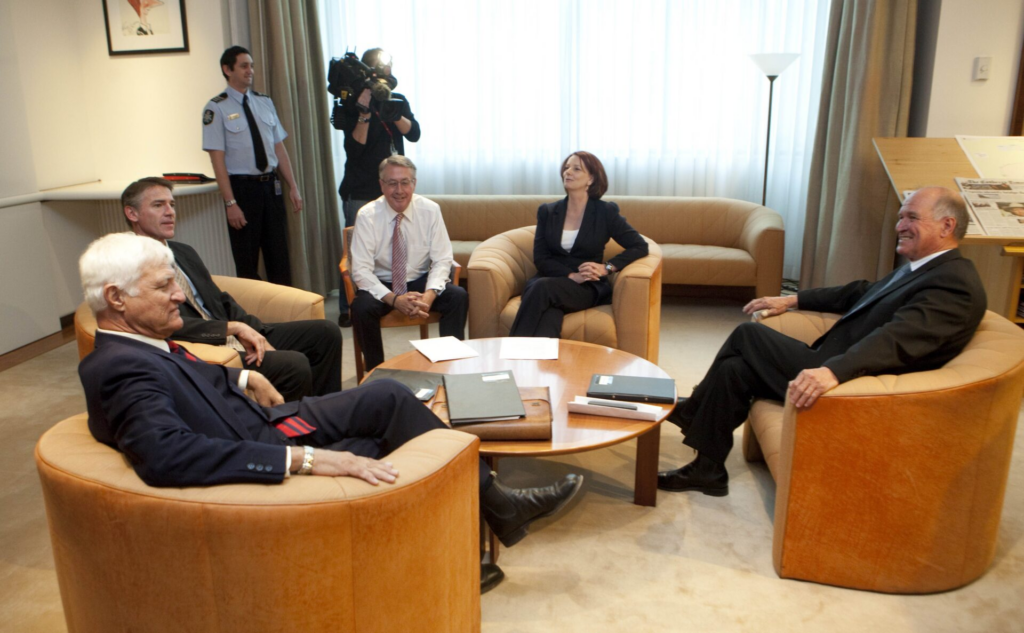At uni do you get what you pay for? (Spoiler, no. Students are getting screwed)

Chart: The Australia Institute Source: Department of Education, Parliament of Australia and Australian Bureau of Statistics; Staff-Student ratios: Department of Education (for 2009-2023), ABC (2013) National Tertiary Education Union correct on university class sizes (for 1990-2008, ABC analysis of figures from Universities Australia) Get the data Created with Datawrapper
35 years after the HECS/HELP system began, university students now pay much more for much less.
Getting a university education in Australia has gone from being a modest expense to something that is now much more costly than was envisioned when HECS was introduced in 1989. Fees for degrees such as Law and Society and Culture are over 700% higher than they were in 1990 – far more expensive than if fees had risen with inflation.
While you might expect to get a better education for more money, that isn’t the case. Across the sector, staff-student ratios – a key measure of quality – have gone from under 1:13 in 1990 to over 1:22 today – a 42% decrease in the number of academic staff per student.
The changes that started the upwards trajectory of university fees were justified in part by the idea that teaching costs were increasing. Since then, the actual number of staff that universities employ to teach students has shrunk.
Under the original 1989 HECS system, student contributions were modest: only $1,800 per year, no matter what the student was studying. These contributions increased annually in line with rising costs for the university. The system was partially deregulated in 1996 by the Howard Government and different courses were priced differently, a decision justified on the basis of:
- The cost of teaching (for example, teaching dentistry is more expensive than teaching history).
- The graduate’s expected earnings (for example, graduates in fields such as law and business tend to earn more than those in creative arts and social sciences).
Continued deregulation and price-hikes, most recently the Morrison government’s Job-Ready Graduates scheme which lowered contributions for some courses while raising them in many others, have seen the cost of university education skyrocket. The current degree structure has little to do with either the cost of teaching of the graduates expected earnings. Worse while fees have risen the number of teaching staff per student has fallen
Fewer staff means larger tutorials, fewer contact hours and much less feedback provided on assignments.
The high price of higher education means that Australians who want to study have to be willing to take on potentially life-long debts, all for a worsening university experience.



Loading form…